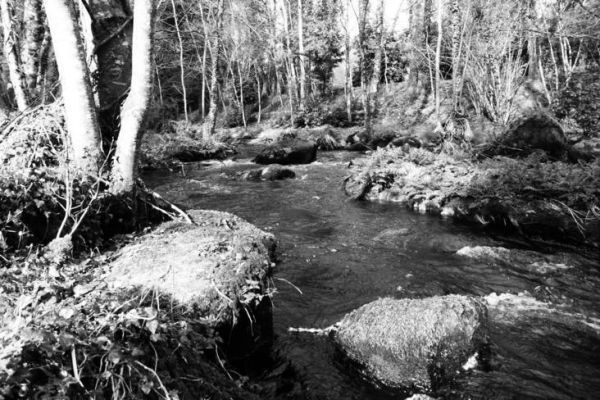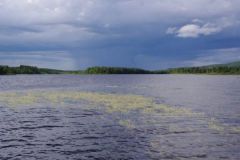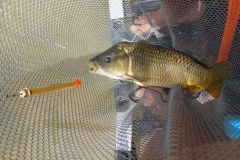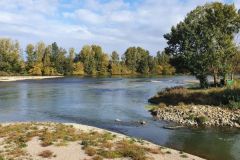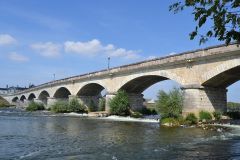What is reading water?
To locate the best spots on a river, and even more so when the water is tinted, it's important to be very observant and to interpret the various movements of the water, as well as the topography of the banks.
In fact, the appearance of water veins can help you predict the presence of obstacles, as well as variations in depth.
In the same way, the relief of the shoreline, as well as its sedimentation, is identical to that of the submerged part, enabling us to create a representation of the underwater landscape.
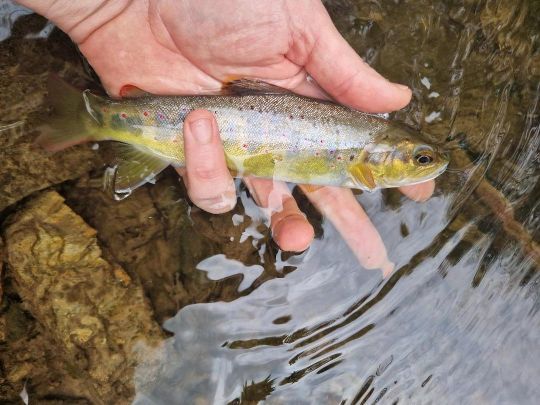
Dishes and rapids
Thus, on a river of constant width, a smooth water vein is often synonymous with a deep, linear area, whereas a marked, rapid water vein is the consequence of a shallower stretch of river. Thus, a large calm in the middle of a rapid should be interpreted as a pit, often synonymous with a resting place.
River width
A change in the width of a watercourse necessarily has an impact on the flow of water. When the banks move closer together, the current accelerates and the food supply is channelled. These zones are particularly strategic on long, monotonous stretches such as canals.
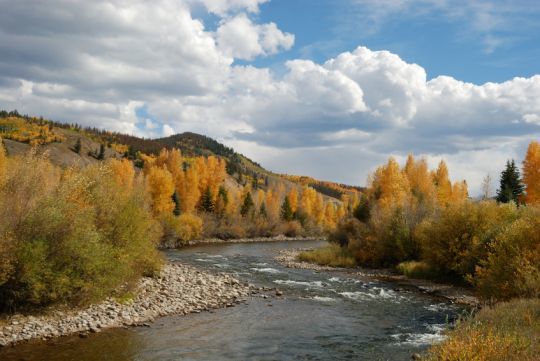
The eddies
As you have no doubt observed on many occasions, an obstacle or structure in the middle of the current creates eddy zones, creating a concentration of food, but also a resting and stalking area for fish. When the obstacle is emerged, this is obvious and easy to read. But there are also a multitude of submerged obstacles whose presence you can detect by observing the presence of regular eddies at a given point in the current. By deflecting the current, it modifies its structure, and if it's strong enough, this interaction will be visible on the surface.
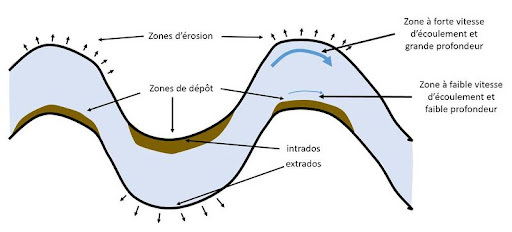
Curves
A bend in a river is no trivial event! It influences not only the strength and direction of the current, but also the profile of the banks. As a result, the outer bank will often be deepened and swept by a more powerful vein of water than the average for the area.
Conversely, the inner bank benefits from an area sheltered from the current, where the depth is shallower and the slope is generally gentler.
This change in water flow and seabed relief will influence sedimentation and the presence of vegetation.
The inner bank will be subject to sediment accumulation, but also to the development of plant structures.
Conversely, the outer bank may be washed of sediment during floods, and will be less likely to be colonized by vegetation, but also more cluttered by branches or other debris deposited by the current.
